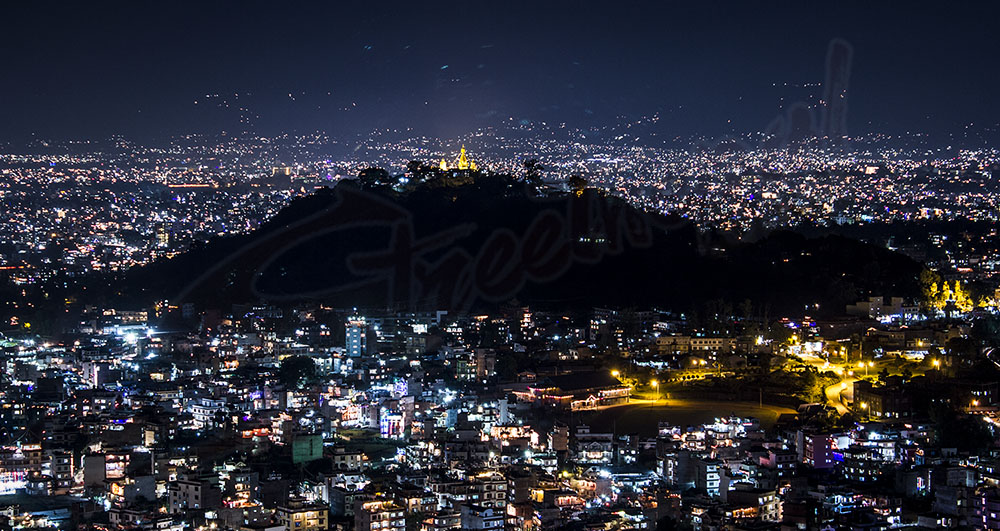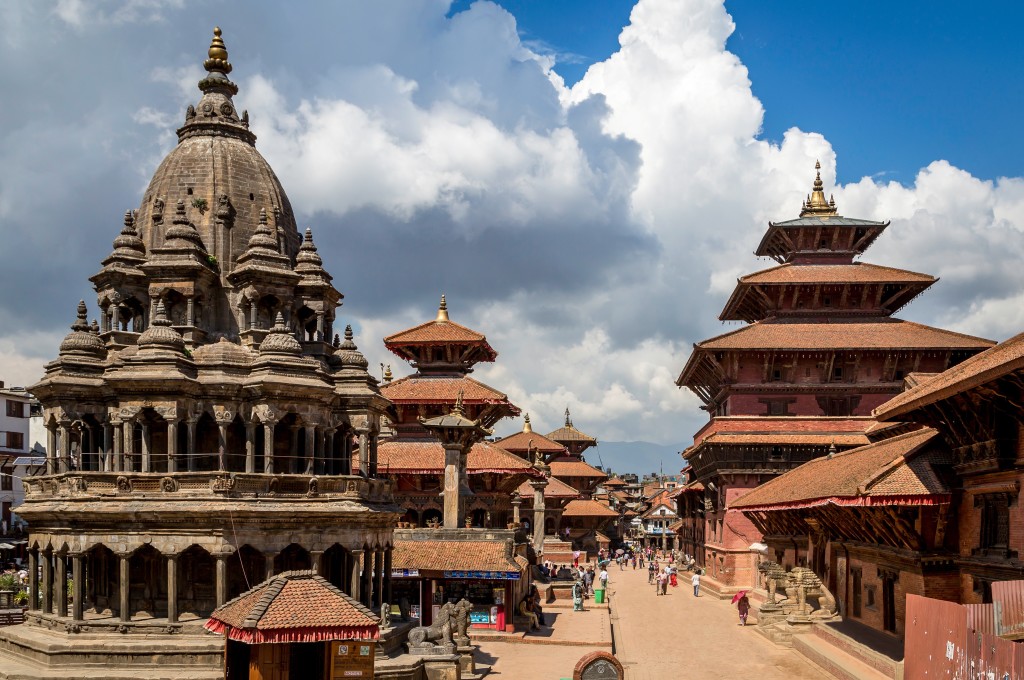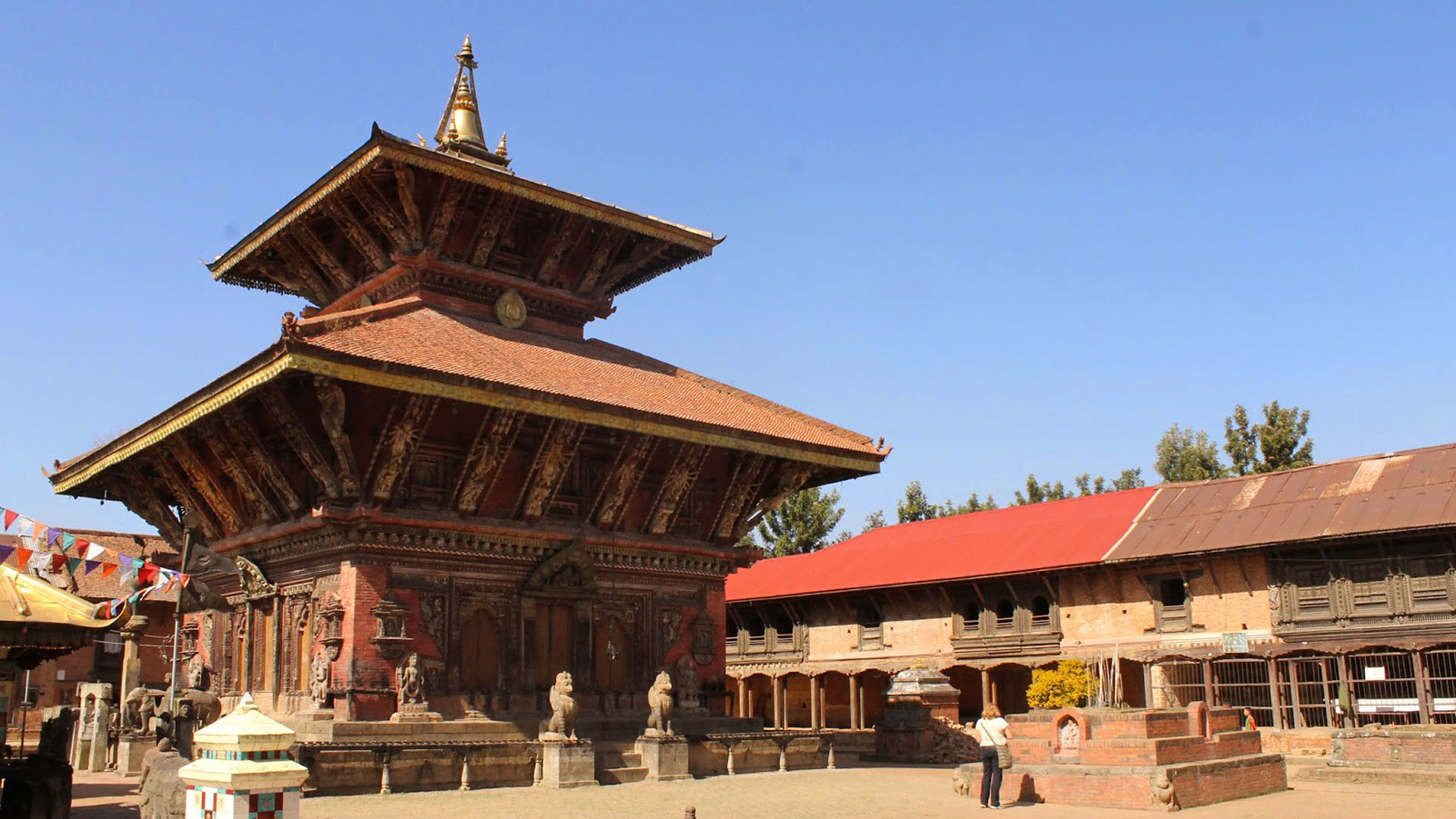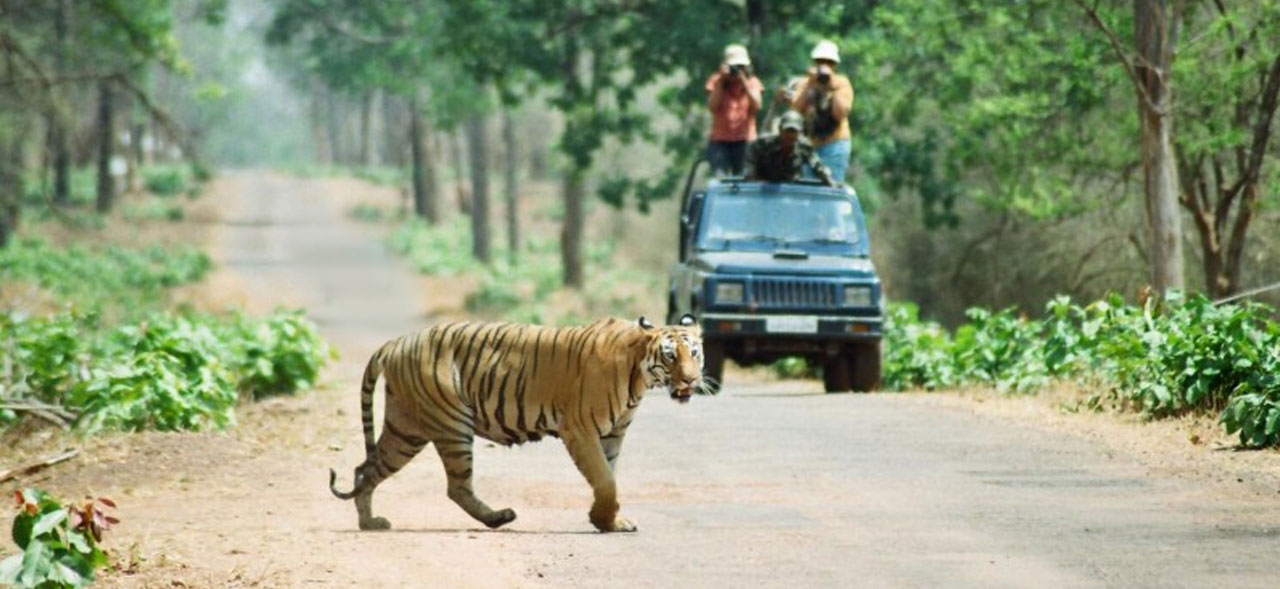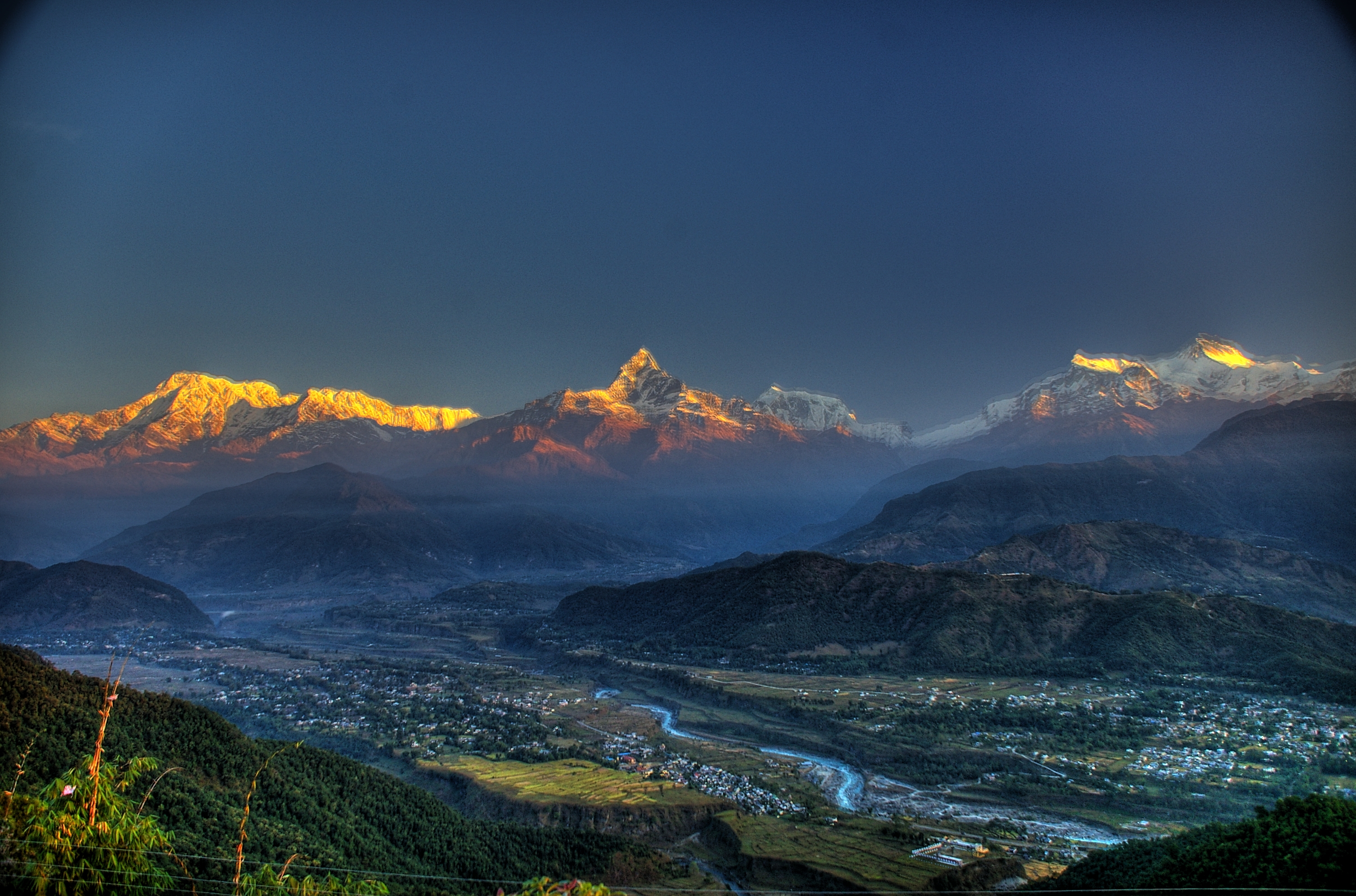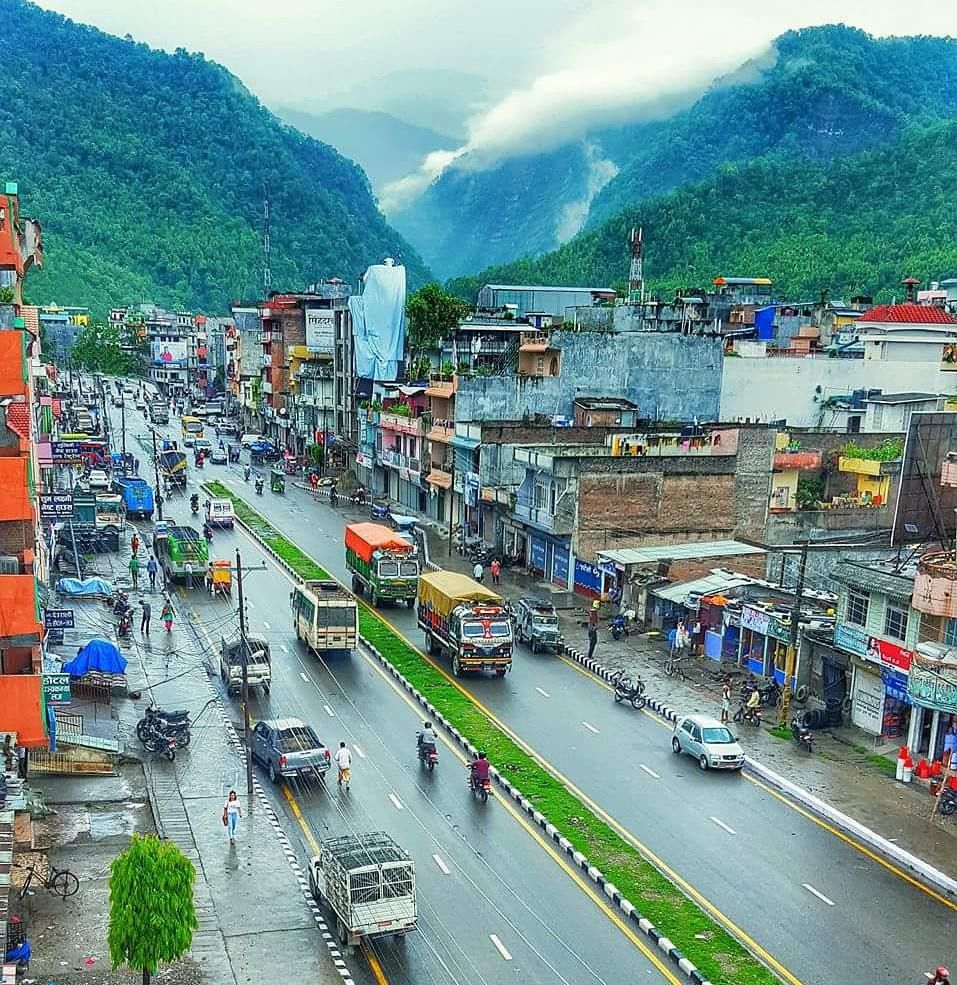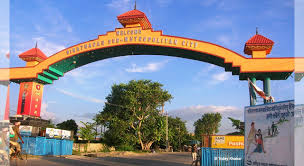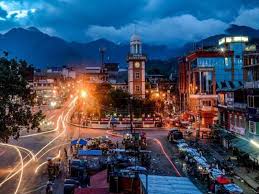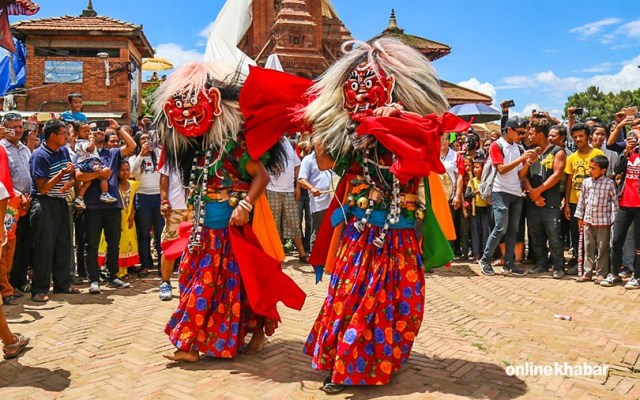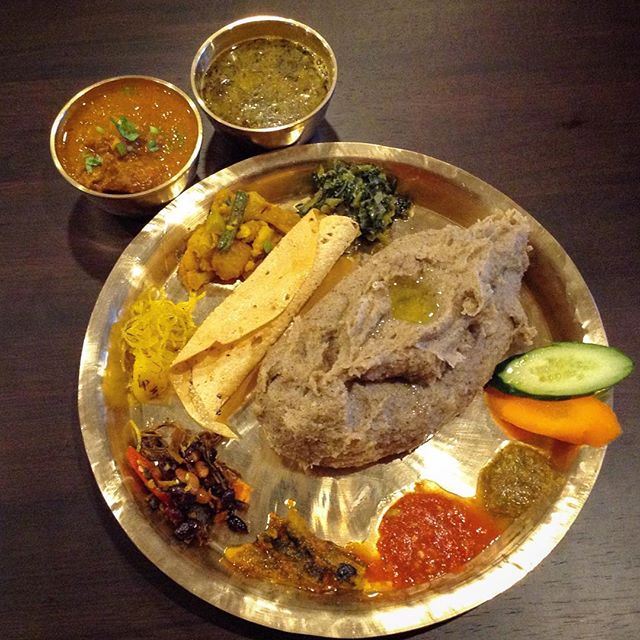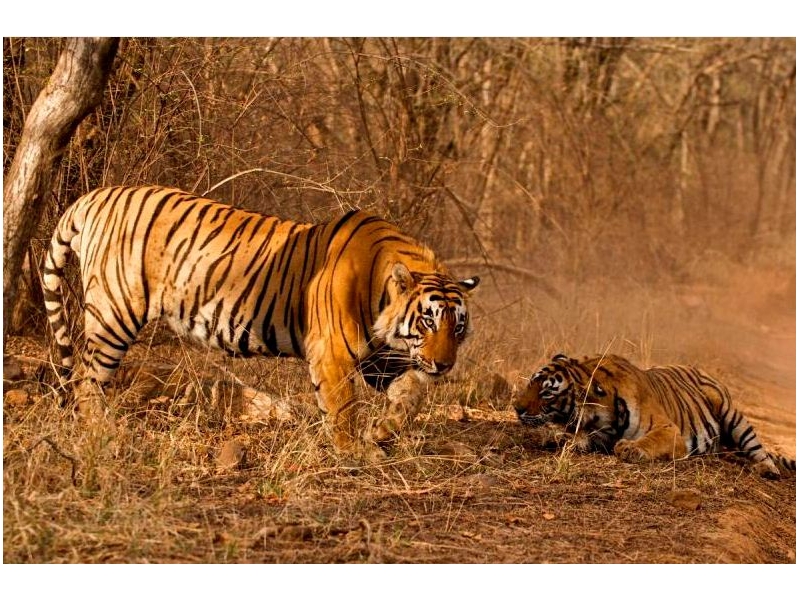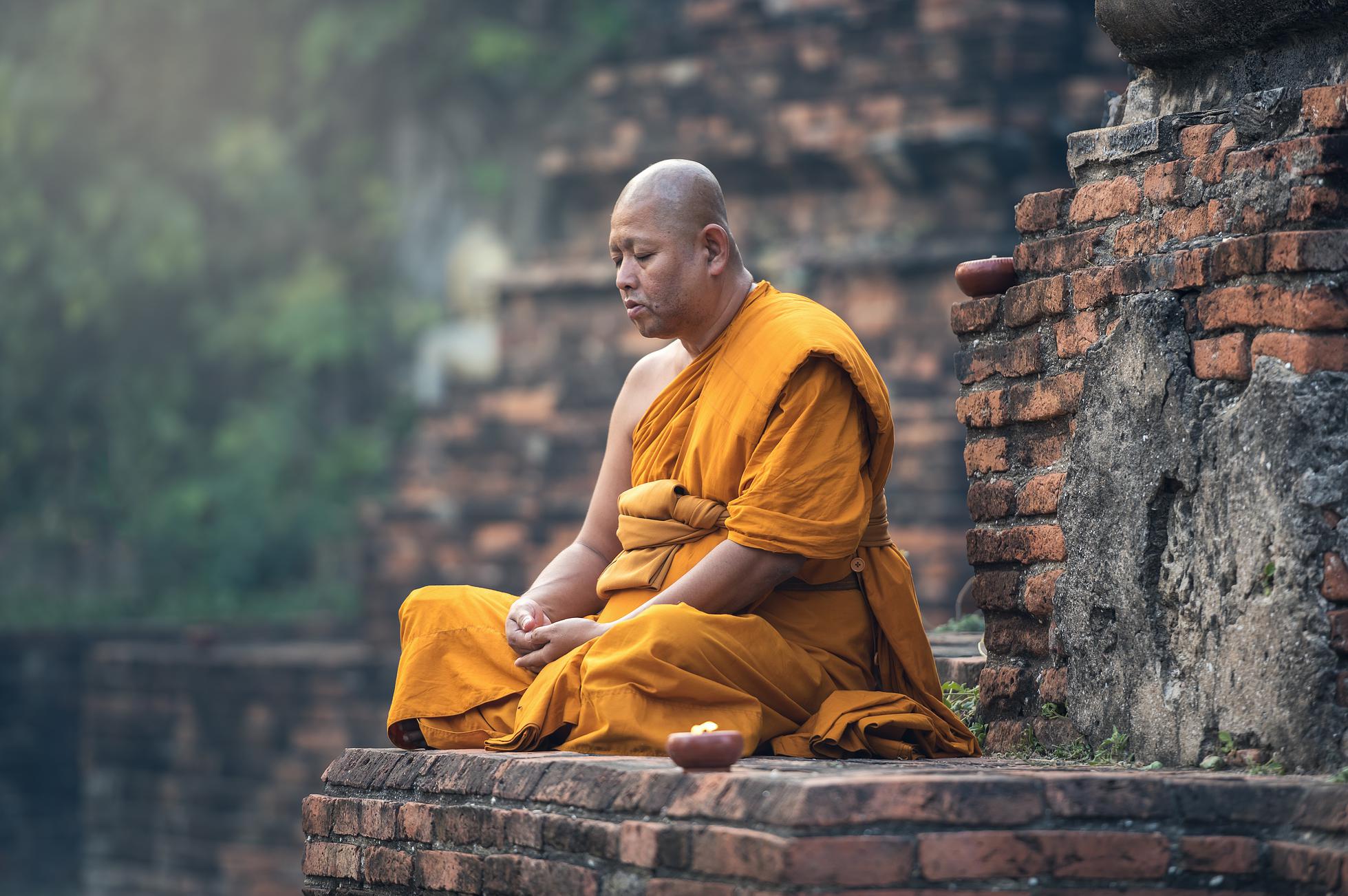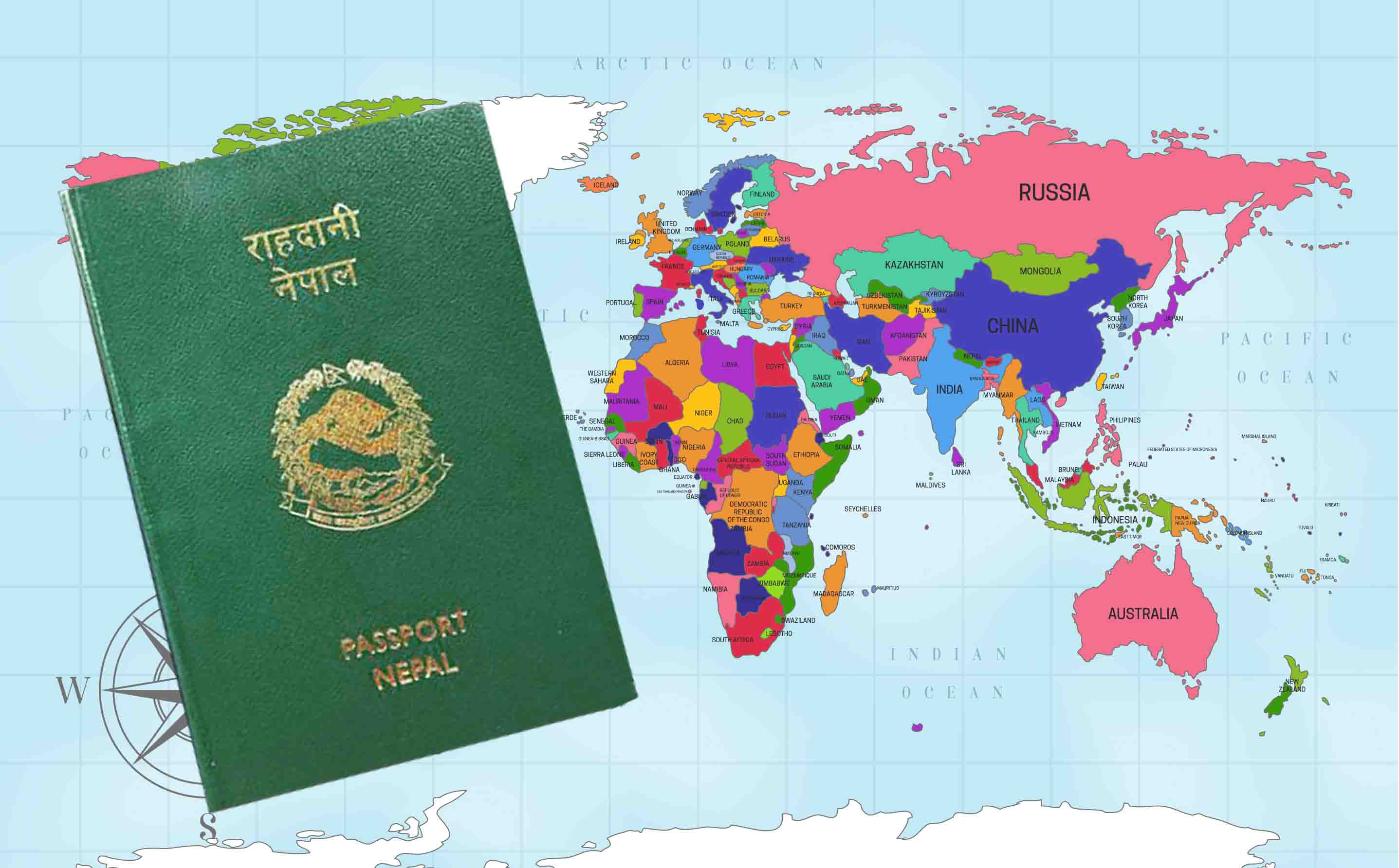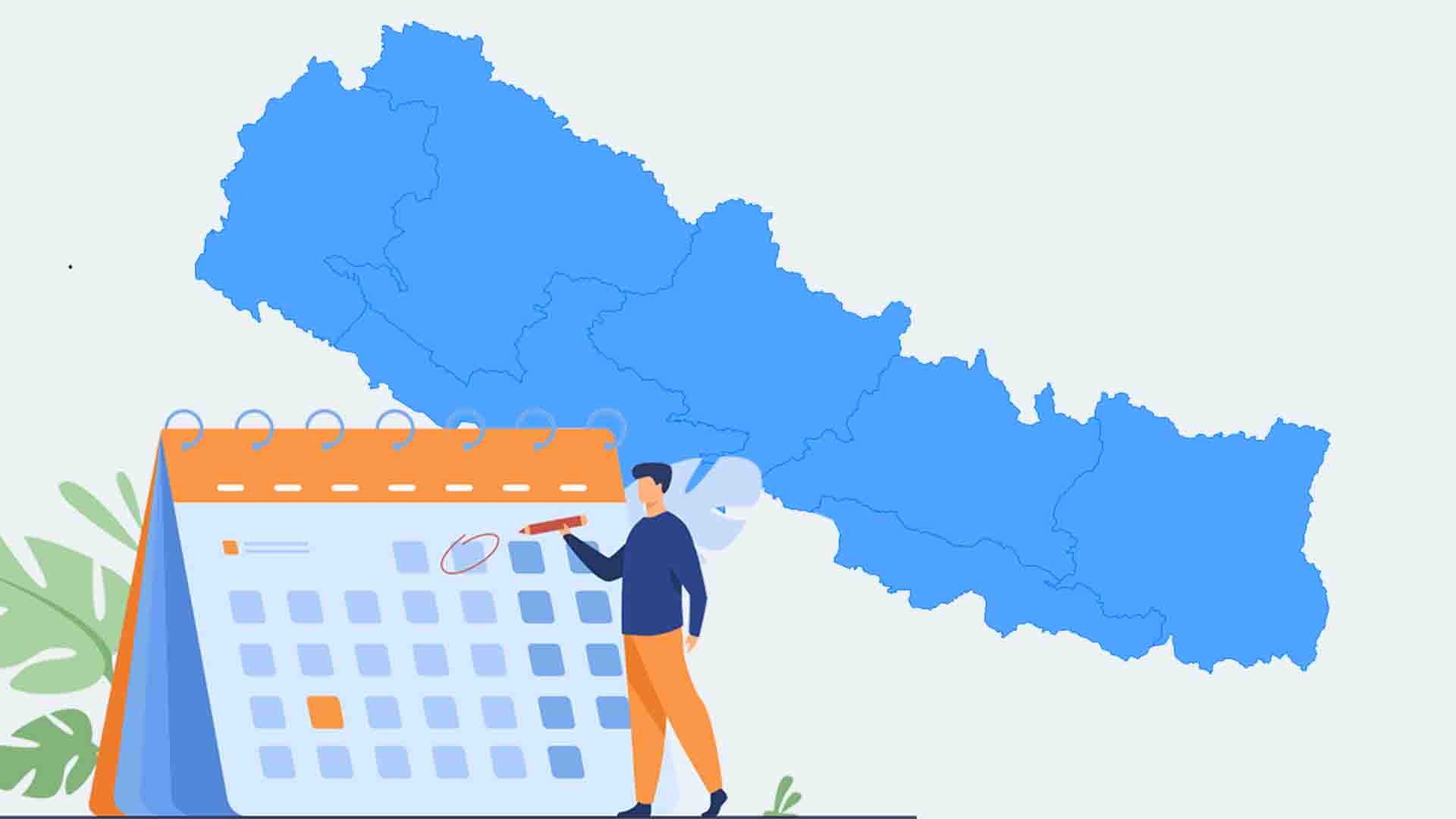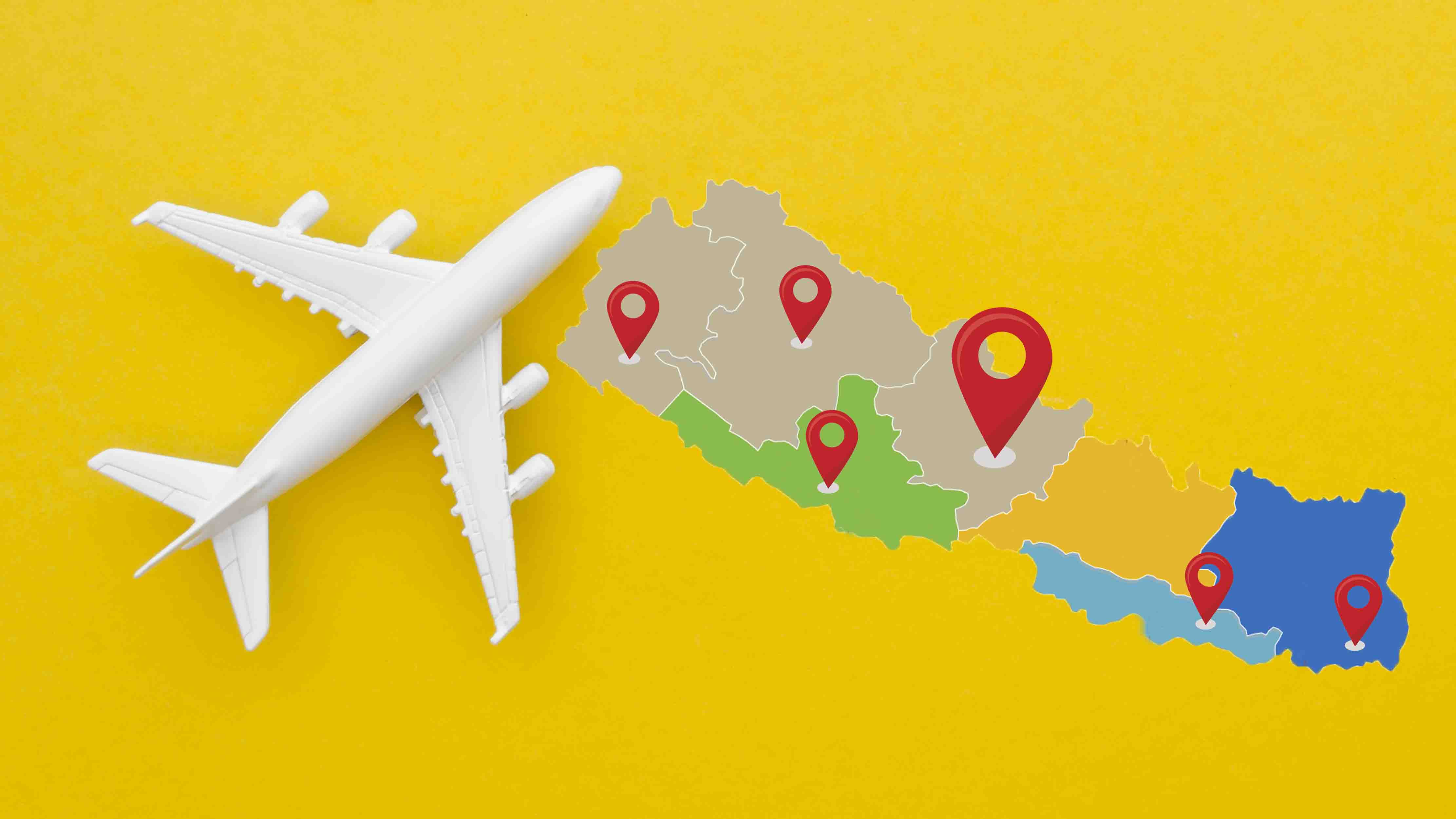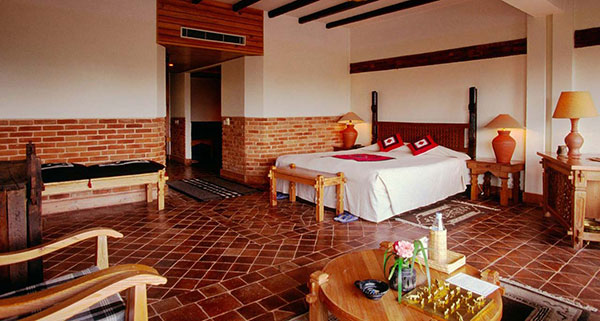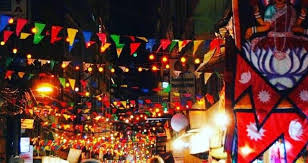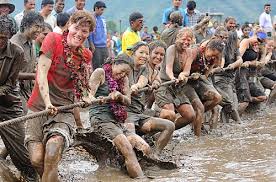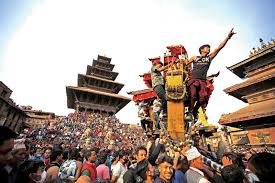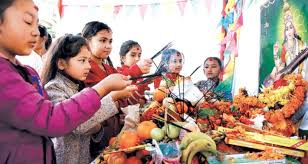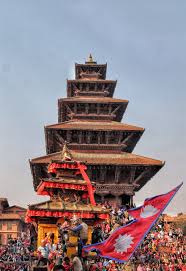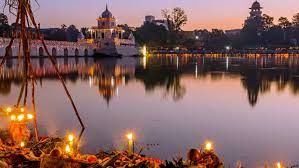Understand Nepal > festival > Tihar
Tihar
Tihar, the festival of lights, is the second major festival of Hindus in Nepal that lasts for five days. It follows the first major festival of Hindus in Nepal called Vijaya Dashami that lasts for fifteen days. Tihar is a beautiful festival that involves every age group, and even non-religious people enjoy the festival too.
Tihar is a cheerful festival that honors the God of Death – Yama. Goddess Laxmi, the Goddess of Wealth is worshipped on this festival such that she will bless the devotees with wealth and fortune. Each day of the five-day festival has its importance and rituals. The public services and educational institutions are off and it is the time to unite with family and relatives.
The first day of the festival is known as Kaag Tihar. Kaag is a Nepali word for crow, which is regarded as the messenger or informant of Yama. On this day, crows are offered with Nepali meal that consists of rice, pulse, vegetables, etc. The second day is known as Kukur Tihar. Kukur is a Nepali word for dog, and on this special day, dogs are worshipped with red tika, flower garland, and delicious food as dogs are considered the agents of Yama. The third day is known as Laxmi Puja or Gai Tihar when Cow is worshipped with red tika, garland, and delicious food. Gai Tihar is celebrated in the morning while Laxmi Puja is celebrated in the evening after sunset.
Laxmi Puja or the third day of the festival is considered as the main day of the five days Tihar. People decorate their houses with lights and butter lamps. They clean the houses and make it pure by covering their outdoors with cow dung, which is considered sacred in Hinduism. Several rituals like making mandalas outside the house, fake Laxmi’s footprints, etc. take place on this day. People wear new clothes, cook delicious foods, and eat only after the Puja is over. The major food item of the festival is Sel Roti (a donut-shaped roti made out of rice flour).
The fourth day is for draught animal oxen and is known as Goru Puja. On this day, the ox is worshipped with tika, garland, and delicious food in the morning. The fifth and the last day of Tihar is known as Bhai Tika. On this day, sisters put colorful tika and worship their brothers with a garland of flowers and by offering a set of items like varieties of nuts, fruits, sel roti, and clothes. In return, the brothers provide gifts to their sister. It is the day celebrated to recall the responsibilities of a brother towards a sister and a sister towards a brother.
The main charm of the festival is Deusi-Vailo. It is a traditional ritual where girls play Vailo on the third day of the festival. Vailo is a tradition of singing and dancing in houses of people by a group of girls or women who wear traditional clothes. They sing and dance to call Goddess Laxmi and give blessings to every house. In return, the people provide them with money and other food items. Vailo lasts for one day. Deusi is similar to Vailo but is played by both males and females in a group. It starts on the fourth day and traditionally lasts for two days. Nowadays, anyone can be part of Deusi and Vailo and it starts before Tihar ad can last for ten days or more.
Another traditional festival that falls on the period of Tihar is called Mha Puja. It takes place on the fourth day of Tihar and is celebrated by the Newari community. The festival is all about worshipping oneself, and being part of the grand feast, together with families and relatives. Newars also go on parades and enjoy the festival with traditional food and drinks.
Every house is covered with butter lamps, electric lights, flowers, and other decorations on the festival of Tihar. The city glows into beautiful colors in the night. Even temples and stupas are decorated with lights and flowers.








